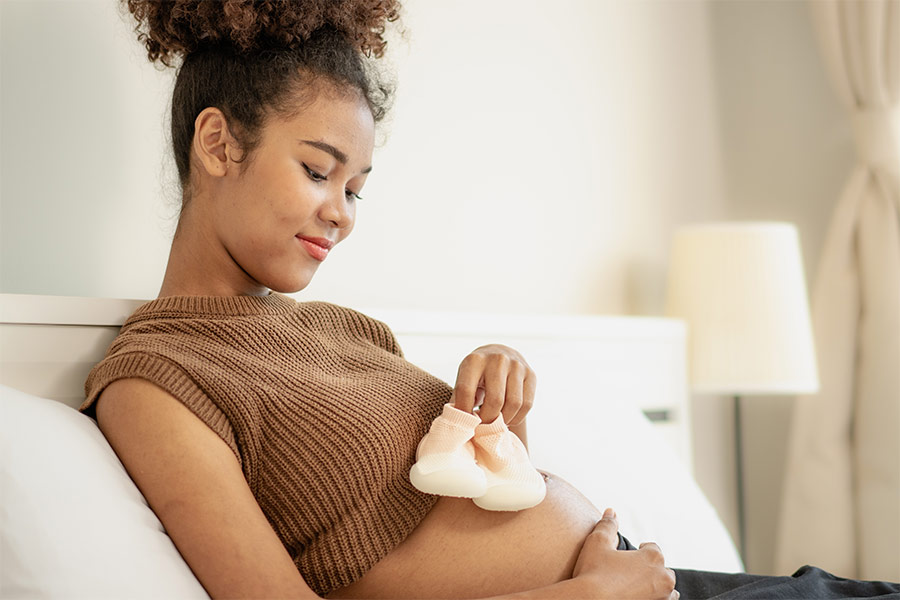IVF and ICSI with NOW-fertility
NOW-fertility offers conventional IVF and IVF with ICSI treatment at a wide choice of partner clinics worldwide with no waiting time.
Personalised care for the best chance of success
- Choice of state-of-the-art, licenced clinics throughout Europe, North Africa and the Middle East
- No waiting time to start treatment
- Consistently high pregnancy rates
- Tailored treatment plans to suit your individual needs and preferences
- No age restrictions, depending on ovarian reserve, fitness status and general wellbeing
- Continuity of care from one dedicated and experienced team
- Multilingual fertility experts available to contact at any time
- Flexibility to stay close to home for most of your treatment cycle
- Travel overseas to your chosen clinic only required for a few days
- Concierge service available to assist with travel plans, accommodation and more
- Access to counsellors and fertility coaches for emotional and psychological support
- Transparent and guaranteed treatment costs
What is the difference between IVF and ICSI?
In IVF, the eggs and sperm are left in a special dish placed within the incubator in the laboratory to fertilise on their own. The eggs are not stripped of the surrounding cells, so it is not possible the determine if they are mature or not.
In ICSI, the selected sperm is directly injected into the egg. The cells around the eggs are removed prior to the injection, and each egg is individually assessed to confirm maturity for the ICSI procedure to take place. Only mature eggs are injected with sperm.
Both the inseminated and the injected eggs are then placed within the incubator in the laboratory until the following day when the embryologist checks for signs of fertilisation. The created embryos are then maintained at optimal conditions and assessed over the course of 5 days for development prior to transfer and/or freezing.
How does it work with NOW-fertility?
- To start your IVF or ICSI journey with us arrange a virtual consultation with your consultant to discuss the best treatment options for you.
- Your consultant will help you make an informed decision about which of our partner clinics is most suitable for you based on your individual needs and preferences.
- Once you start your treatment, enhanced monitoring to assess your ovarian response to the hormone medications will be arranged for you close to where you live or work.
- You only need to travel to your chosen clinic for a short period of time once you are ready for your egg collection.
Is it right for me?
IVF and ICSI are recommended for:
- Couples who have been trying to conceive spontaneously for over 2 years
- Previous unsuccessful cycles of intrauterine inseminations with partner sperm or donor sperm
- Blocked fallopian tubes
- Couples with unexplained infertility
- Male factor infertility
- Ovulation disorders
- Endometriosis
- Risk of passing on genetic disease(s)
- Individuals who have had their eggs or sperm cryopreserved
- Cycles using donor eggs
Where can I have IVF/ICSI treatment with NOW-fertility?
- Egypt
- Greece
- Italy
- Poland
- Saudi Arabia
- Spain
- Tunisia
- Turkey
- UAE
- UK
Contact NOW-fertility to learn more about IVF / ICSI
Our care team are here to explore your fertility journey and guide you through your options.
Why we are different
- Global network of clinics
- Treatment personalised to you
- Transparent, individualised pricing
- Virtual appointments & enhanced monitoring
- Multilingual expert team
Ready to start your journey?
Our commitment is to make fertility care accessible, successful and stress free for patients.
If you are ready to start your journey, book a consultation with one of our experienced fertility consultants.



